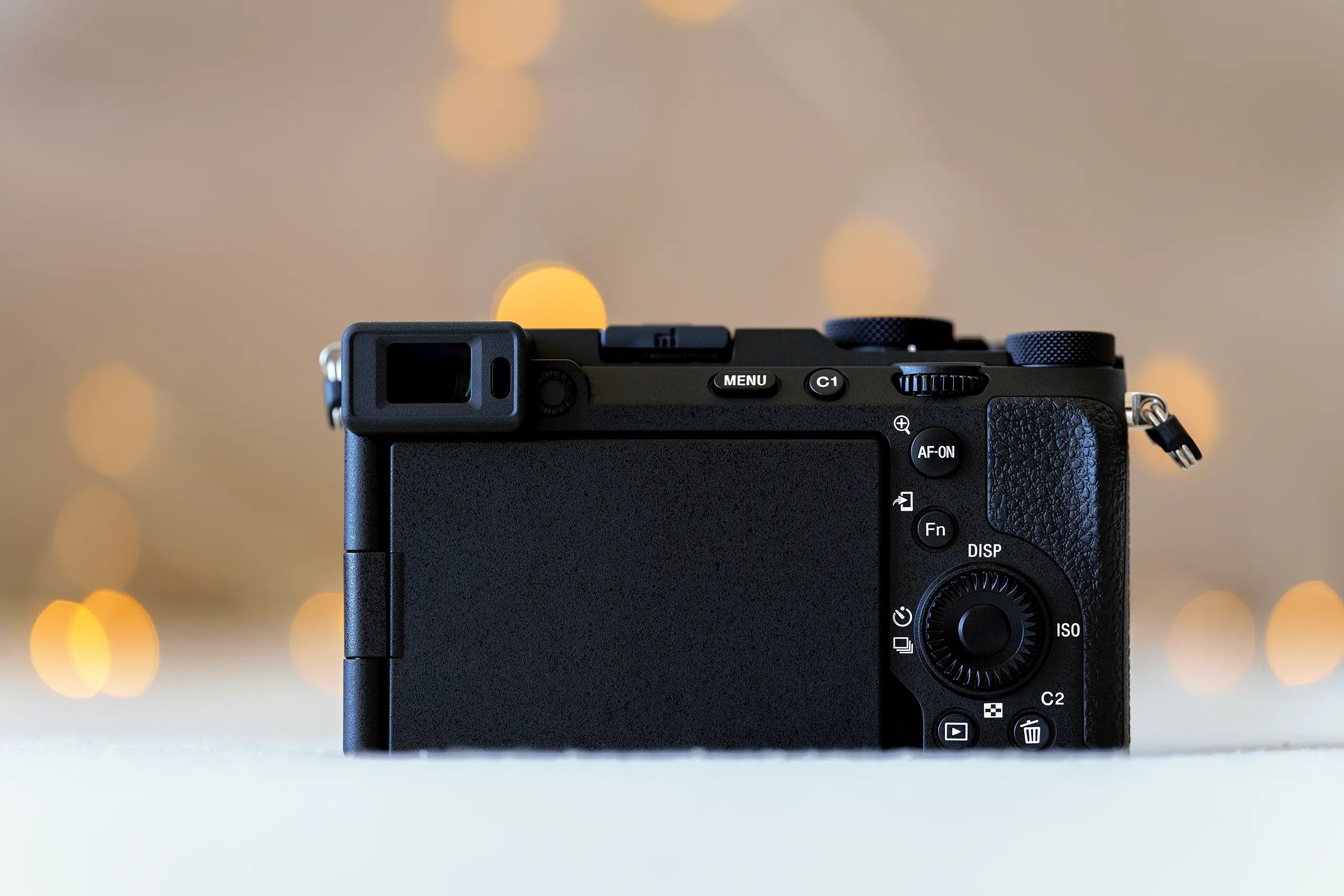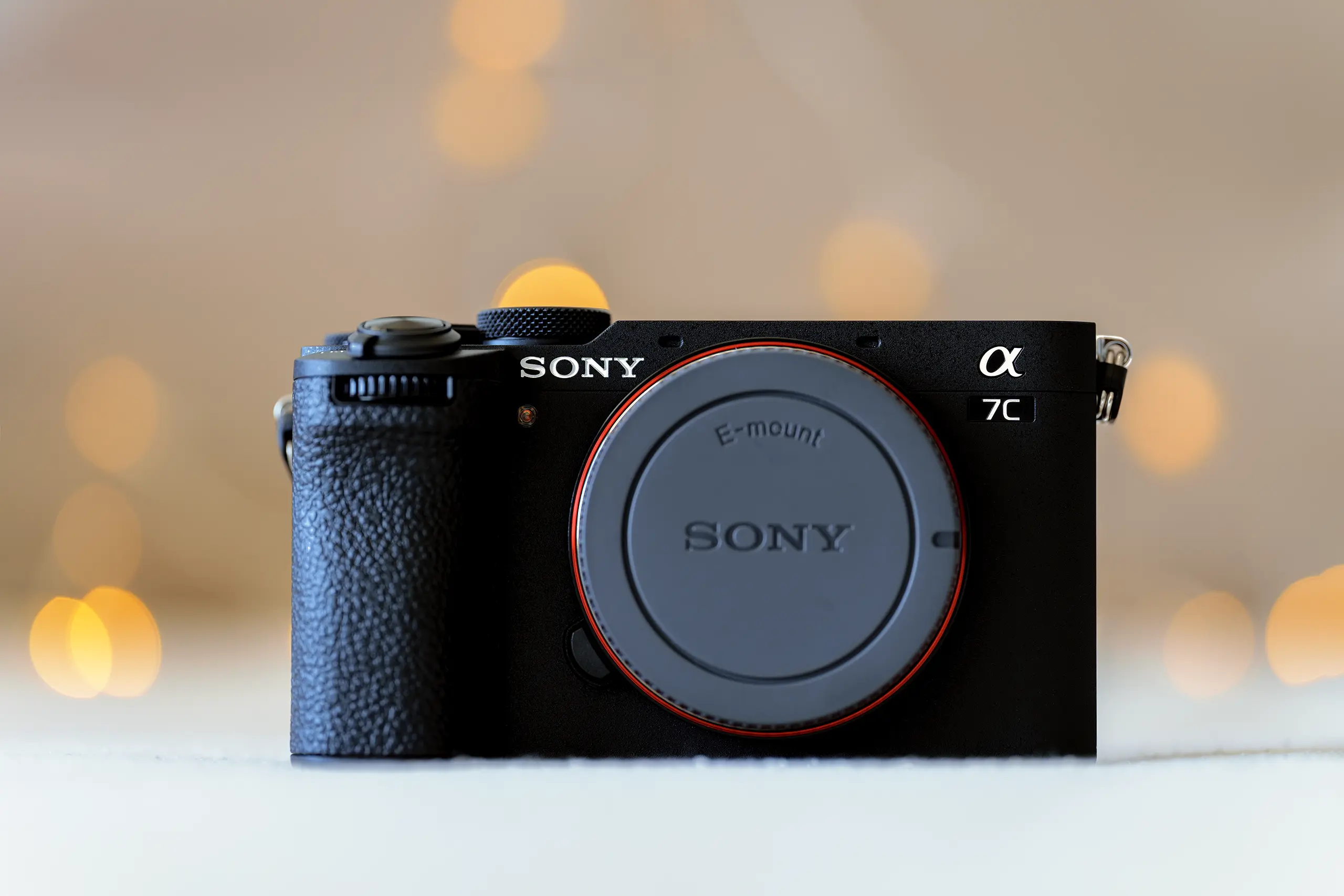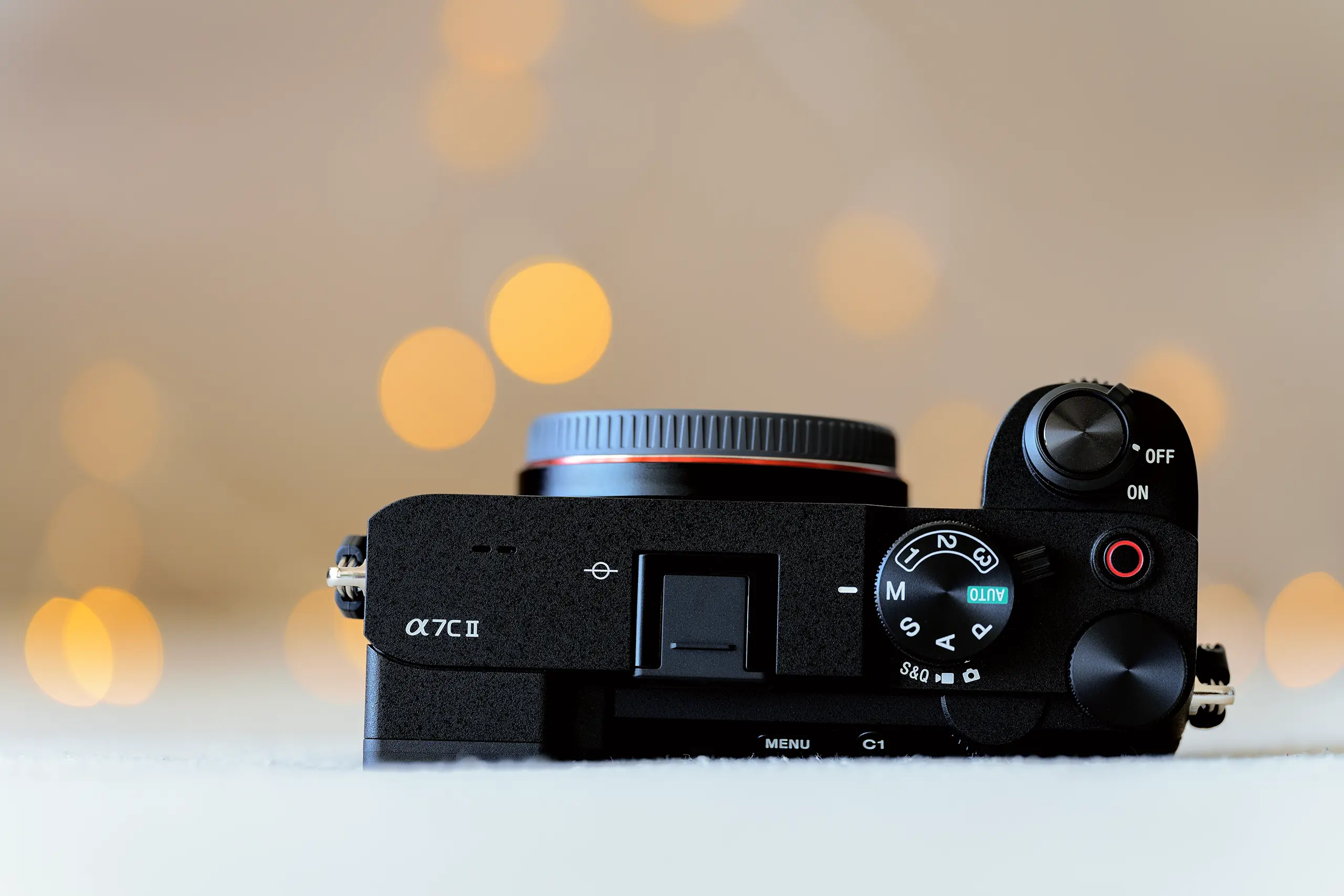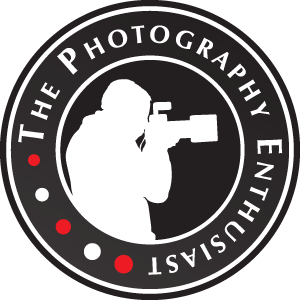Welcome to my review of the Sony Alpha a7C Mark II.
As always, I purchased this gear with my own money, I have no sponsor and there are no affiliate links on this site.
You can find an audio version of this review below in which I go into a bit more detail or continue reading to see a more concise written version.
Subscribe Here: Apple Podcasts | Google Podcasts | Stitcher | Spotify | RSS
As you may know from previous reviews, I try to take a more casual approach and make it more real world based than purely technical. Regardless, I hope you enjoy it and provides some value to you.
Why It Can Replace an APSC Body
For a long time I had always owned one Full Frame and One APSC camera. The reasoning for this is the latter were often smaller and lighter so made good carry around cameras.
In recent years we’ve seen Full Frame cameras get smaller with each generation and the prices of APSC cameras get higher. I found that I only really needed one system as my Fujifilm X-S20 was so good I could just use it for everything.



This was actually a bad thing as I had some really great lenses on Sony that weren’t being fully utilized. Then the Sony Alpha a7C II was announced which made me rethink my gear lineup. As the main advantage to the Fuji for me was the size and weight, this new Sony body could be a great replacement. Selling my Fujifilm X-S20 and XF 33mm f/1.4 R LM WR lens covered the cost of a brand new a7C II which was something I couldn’t resist.
A Somewhat More Refined A7IV
If you’re an iPhone user you’ll remember Apple used to release a full version like the “iPhone 6” for example then release an “S” version the following year which was more of a refinement, I see the C series as somewhat being like that.
With the C series you do lose a quite few features such as:
- A second card slot
- A smaller EVF with less magnification
- Lower resolution rear screen
- Max shutter speed is only 1/4000th in EFCS
- No ‘real’ full mechanical shutter
Now as someone who owns both bodies, I didn’t find any of these to be an actual issue. Although my a7IV has two card slots, I’ve never actually used it for redundancy. I shoot casually and not professionally so that second slot is purely just to carry a second card when I need it. The EVF surprisingly doesn’t both me at all, I think if you’re coming from something like the a7RV which has a much better viewfinder then you may notice it though.
The rear screen definitely doesn’t provide sharp details that would let you definitively know you hit focus but I tend to always use the EVF to check these things as you can see the image better when outdoors. Finally with the shutter, I personally always shoot in EFCS and although the bokeh is meant to be effected when shooting fast lenses and have an exposure faster than 1/1000th, I personally don’t think it’s enough of an issue for me to care.
So you may be asking yourself now, can it actually do anything better than the a7IV? That answer is a resounding yes.
Personally the 3 major upgrades that make me prefer my a7C II are better IBIS, better autofocus thanks to the new dedicated ‘AI’ processor and the bulb timer. First off the a7C II is said to have an additional 1.5 stops of effective stabilization and I’d personally say it is noticeable. In fact when I first started using the a7C II I was a bit confused as to why I felt I could use slower shutter speeds until I remembered the upgrade to its IBIS.

I’d argue that AF is also noticeably better, especially in terms of recognition and tracking. When swapping over from Canon I found that the R6 would be able to lock on Eye AF from more odd angles than the a7IV could. When using the a7C II, it can hit at these same angles and seems to track a lot better. It’s not night and day better but you do have to consider the fact that the a7IV wasn’t that bad to begin with.
Last up is the only feature I had missed from Canon, the bulb timer. This lets you set exposures longer than 30 seconds so you don’t need to use a remote trigger for long exposures. It’s something that should be possible to be added through a firmware update so although I’d love to see my a7IV get it, it’s highly unlikely.
Although you do lose some features from the a7IV I feel the a7C II is an upgrade in the important performance areas that matter the most.
Is It Better Than the Sony Alpha A7IV?
This is a hard question to answer, your needs will ultimately determine this. It’s a bit of a cop out of an answer but true. I will say though, I actually prefer this over my a7IV and have barely used it since.
I’d say the a7C II is better when it comes to performance due to the improved AF, improved IBIS and other small updates like the bulb timer. If you are more concerned about ergonomics, then that’s likely where the a7IV pulls ahead and becomes the preferred body.
If the size of the a7C II is your driving factor then it’s best to find a smaller lens to pair with it. I had initially bought the Sigma 50mm f/2 DN lens although I still found myself leaning more towards my 35GM as it still balances quite well with the body.
I can definitely see myself getting something like the Tamron 28-75mm f/2.8 G2 or Sigma 28-70mm f/2.8 as they’ll make for amazing carry around options when travelling.
Summary
With the price of APSC bodies rising, we’re also seeing many Full Frame entry level options be in a similar price range. The Sony Alpha a7C II is one of these and it honestly excels in all areas aside from maybe ergonomics which aren’t bad, but also isn’t its strong point. If you are looking at moving to full frame or simply want something small and light but capable, this is probably one of the best options out there.
What I like
- Bulb timer
- Improved IBIS over the a7IV
- Improved AF over the a7IV
- Price
- Size and weight
What I don’t Like
- Rear screen could be a higher resolution
- A full mechanical shutter would be nice for those who need it

















































Nice and precise review. This camera was my first foray into Sony world of cameras. I was primarily shooting Leica M and SL bodies but needed something small with decent AF. I first went for the Zf, but found with the weight of the additional ergonomic grip, size of the actual body plus the lack of native reasonably priced primes and what I thought was avg auto focus, I sold it and went with this camera. I have gone a little nuts with small primes and some are clearly better than others, but what I love is the abundance of choice one has.
The Evf and lack us customizable menus (displayed settings like having the ability are a bit annoying) and part of me feels that the files are not quite as malleable as those from my Leica cameras (but I need to do some more testing).
I have to say at times I do find the AF surprisingly not hitting people that are moving at a distance. Can I ask you how you are getting best results from AF with this camera?
Anyway I am slowly realizing no camera is perfect, but this one get the job done very nicely, and pairs very well with lenses in the 400-500g range or lighter.
Thanks JRD! Interesting you moved over from Leica and I’d imagine they are a pretty decent system to shoot, too pricey for me but always a temptation.
In your AF settings, try setting the “tracking sensitivity” to 1/locked on. Also make sure to pretty much always shoot in AF-C unless it’s a landscape or something as the Sony’s are designed to be used in AF-C. I can’t say for the current models but when I swapped from a Canon R6 to the a7IV I did find the tracking was stickier and better on Canon, although I can’t say if that’s still the case as the a7CII is noticeably better than the IV.
No camera is perfect for sure, you’ll often find you like option A from one camera and option B from another but never find one that does both.
I know this was a year ago but I’d love to hear if your opinion still holds true! And also what are your favorite primes to pair with it 🙂
It’s interesting that you say cameras get smaller over time. I’ve owned the A7 since the mk 1 and they have gotten bigger each year. First was IBIS, then the z100 battery, always a more ergonomic grip each time. I wish the cameras still weighed 475g but at least there is now an A7C/II for just over 500g with all of the good stuff.
I am really interested in the A7CR to combine with the Samyang 135mm f/1.8 lens since it’s so light too and unbelievably sharp. I also want the animal eye-AF in video and focus bracketing that my A1 doesn’t have, but I would miss 4k 120fps…
Admittedly I only jumped ship to Sony at the a7III so I never got to experience those truly small FF bodies. I wouldn’t say the CII/CR are small in general, but even going from holding the a7IV to this I can definitely feel a difference.
I think they make great second bodies depending on what you need. Funny enough I’m selling my a7IV as I now prefer this body but I don’t think even the a7CR could fully replace your A1!
Nice pics. Which film simulation did you use? Also which editing software?
Thank you! I don’t use any film sim 😅 just edited through Lightroom Classic and Photoshop!
I enjoyed your review. I too switched from the Fuji XS20 to the Sony A7CII for nearly the same reasons. The price of the Fuji cameras keep creeping up with the XT5, the XS20 and the new XT50. They are nearing FF pricing. The A7CII price and size make it very competitive to the APCS lines. And the second party lenses available for Sony make it attractive as well. If not careful, the APCS market is going to price itself out of existence.
Thanks for reading it! Yes the X-S20 is a really nice camera (I even miss mine) but I’ve always had a self imposed rule of not spending over a certain amount on APSC bodies and they’re pretty much all over that now.. I’d love something like an X100VI but at $2800 AUD it’s just not justifiable so I agree about them pricing themselves out of existence.
Great shots! What lenses did you us for these shots?
Thanks Ed! The lenses used in this review are the Sony FE PZ 16-35mm f/4 G, 35 GM, 85mm DN Art, Sigma 105mm DN Macro, Sigma 28-70mm f/2.8 and Sigma 50mm f/2.
The A7Cii top shutter speed will go to 1/8000 using the electronic shutter. Just sayin’..
Only issue with that is the warping caused by the slow readout. Can be helpful if the subject is completely static but if there’s any movement then that’s where you need EFCS or a full mechanical shutter.
I bought a Sony a7riv for landscapes but really fancied something less bulky to fit under my arm like I used to shoot with my contax G2’s for travel photography .. so i naturally went for a a7cii for portraits and street photography and consider the trade off for size against screen res a worthwhile one. I have been shooting on one shot or single shot focussing and at times have to remind the camera to focuss on an eye and use back button autofocus. I do also love the little Sony 40mm 2.5 g lens which suits this camera well.
I was closing to getting the 50mm f2.5G which is similar price to the 40G but thanks to some good sales I ended up with the Zeiss 55mm which I’m pretty happy with.
Regarding the AF, you’re probably best off using AF-C since Sony’s AF is generally optimized to be used with AF-C.
Settled on the A7CII as an upgrade for the A6000. Jist waiting for a sale or price drop from the hefty £2k price tag 😭
found ya! 😀
very nice and detailed review and thoughts. Lovely pictures and samples too!
Thanks Baan and I did give you the hint on how to find me 😋